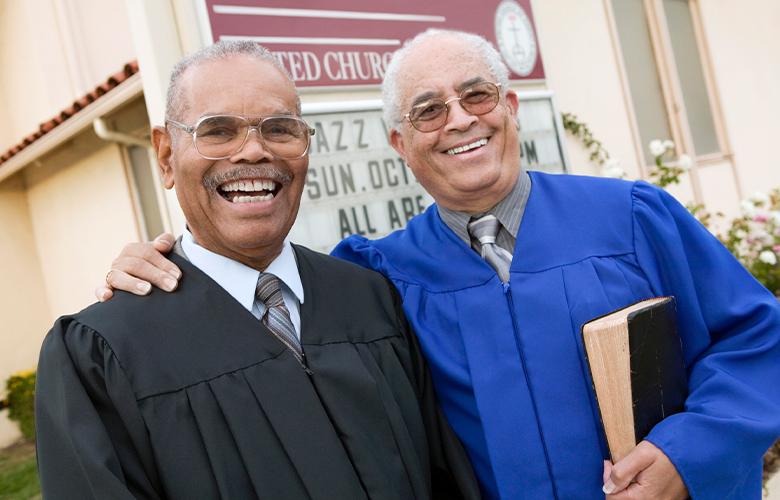
As a prevention practitioner who has worked in the substance misuse prevention field for over a decade, I am often surprised by how few coalitions include faith-based organizations (FBOs) among their strongest partners. Coalitions understand the importance of engaging FBOs in prevention efforts. Yet they often settle for peripheral involvement—happy to check off the “engagement box” when a local pastor attends one or two coalition meetings or an Imam posts a coalition announcement in the weekly mosque bulletin.
We need to do more, and here are some compelling reasons why:
- Faith and spirituality are prominent in the U.S. Nearly 9 in 10 adults believe in God.1 More than 1 in 3 adults attend religious services at least once a week2 as do nearly 1 in 5 twelfth graders.3
- FBOs are trusted sources of information and guidance. They are woven into the lives of not only individuals but also the social structure of entire communities. As such, they lend credibility to the causes they support.
- Faith leaders can help us change the narrative about substance misuse. They can use their pulpits to fight stigma by sharing real stories, modeling acceptance, and providing support.
- Faith leaders are ready to do this work. A survey by The National Center on Addiction and Substance Abuse found that 94% of clergy consider substance use an important issue—one that their congregations are struggling with and an area where they want to help.4
In developing a recent presentation on engaging FBOs in prevention, I was inspired by several examples of how local coalitions and FBOs are working together—in big and small ways. One coalition described how more than 100 churches participated in its annual prevention day event, reaching 10,000 people in a county of less than 100,000. Another described how their local sheriff organizes a Sunday prescription drug drop-off at his church. A third coalition has trained dozens of faith leaders to engage in prevention efforts with their congregations.
In these examples, the coalition went beyond checking off a box. Instead, members took the time to cultivate strong partnerships and find meaningful ways to work with their faith communities.
Have you actively engaged FBOs in community prevention efforts? If so, we would love to hear how in the comment box below! Also check out this resource brief developed by EDC with the Great Lakes PTTC on engaging faith-based organizations.
| Ben Spooner is a certified prevention specialist and a skilled training and technical assistance provider with over a decade of experience in substance misuse prevention. |
1Gallup. (2018). Religion in the U.S. Retrieved from https://news.gallup.com/poll/1690/religion.aspx
2 Pew Research Center. (2014). Religious landscape study. Retrieved from https://www.pewforum.org/religious-landscape-study/attendance-at-religious-services
3 Inter-university Consortium for Political and Social Research. (2017). Monitoring the future results. Ann Arbor, MI: Author. Retrieved from https://www.icpsr.umich.edu/icpsrweb/ICPSR/studies/37183/datasets/0001/variables/V7219?archive=icpsr and https://www.icpsr.umich.edu/icpsrweb/ICPSR/studies/37182/datasets/0001/variables/V2169?archive=icpsr
4The National Center on Addiction and Substance Abuse at Columbia University. (2001). So help me God: Substance abuse, religion and spirituality. New York, NY: Columbia University.

Comments
Add new comment